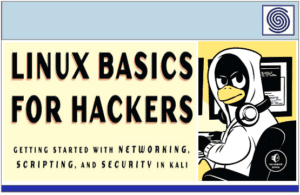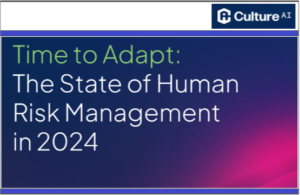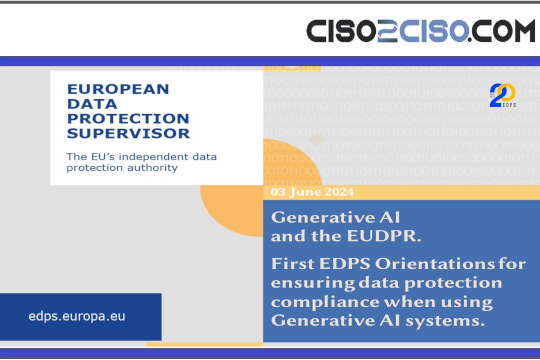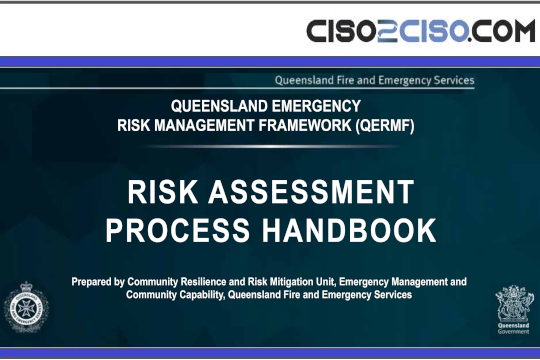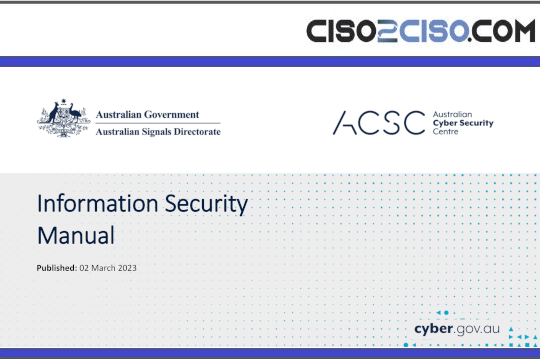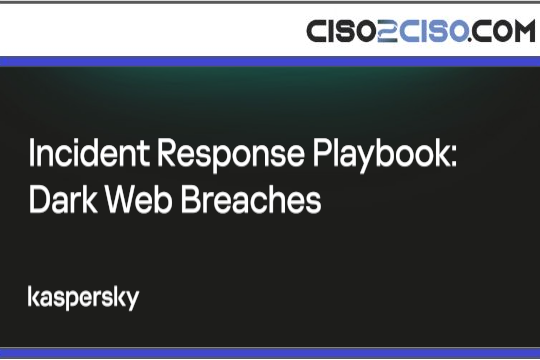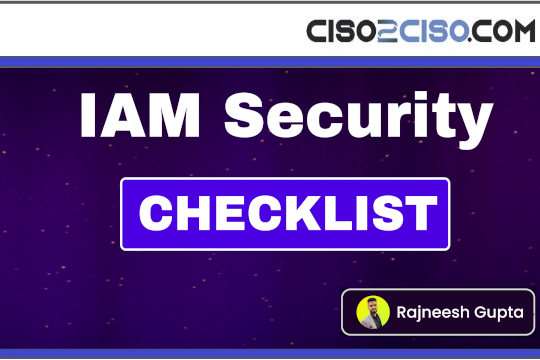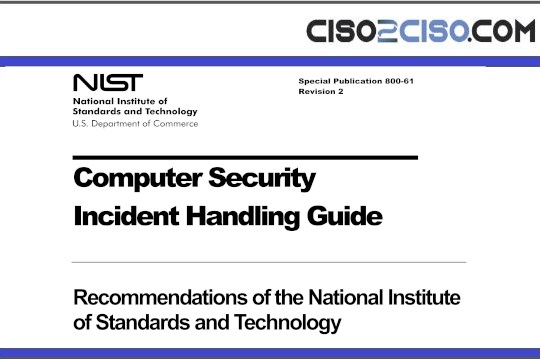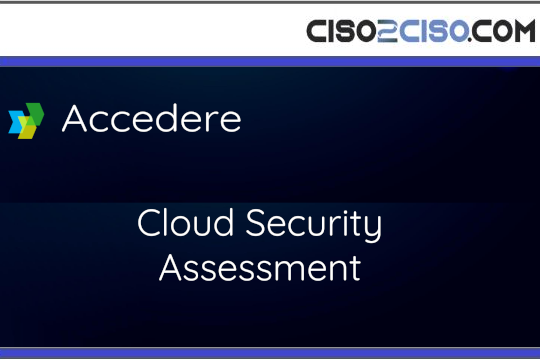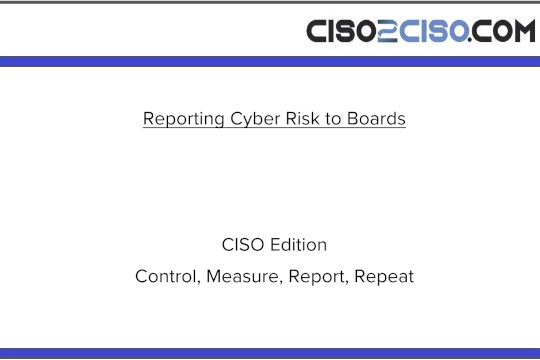Source: securityboulevard.com – Author: Stevie Caldwell
“The best-laid plans of mice and men often go awry.” – Robert Burns, Scottish poet
What is a Chaos Day?
Chaos Days are a subset of Chaos Engineering, which is itself “ …the discipline of experimenting on a system in order to build confidence in the system’s capability to withstand turbulent conditions in production. ” During a Chaos Day event, you might spend one or more days running carefully designed experiments on various parts of your infrastructure and/or code to see how both it and your team respond to failures. These events are not meant to be an uncontrolled break-stuff party, but rather a way to mindfully test your systems and come away with useful data for improvement.
Have you ever had to participate in a fire drill? Somewhere, at some point, someone wrote down what everyone was supposed to do in the case of an emergency, like a fire. Fire drills are a way to test those plans, and also get people used to doing what they need to during these emergencies. Chaos Days serve a similar purpose and offer a lot of benefits to help build resiliency in your systems.
Here are four ways running a Chaos Day to test your Kubernetes infrastructure can really help your organization test its troubleshooting skills and improve your environment and processes.
1. Solidifying Your Processes
Clear processes ensure rapid, coordinated action during outages or unexpected issues. Do you know the answers to these questions:
Who needs to be informed that there’s an issue?
Before you start a Chaos Day exercise, make sure internal stakeholders know about the event, its scope, and what to expect, including an overview of the scenarios and what kind of alerting mechanisms might get triggered. That includes any teams working in the environment where testing will occur to avoid negative impacts on their work. Incident response, security, and monitoring and operations teams need to be prepared to handle simulated incidents and distinguish between simulated and real security threats. There may be alerts and system anomalies during the chaos testing, and it’s important to be able to test effectively without disrupting normal operations.
Where are you gathering?
Establishing communication channels is important to ensure you have one place to look for all information and communication. That may be a virtual meeting room or dedicated Slack or Teams channel to enable real time collaboration. You don’t want key information lost because it didn’t go to the right channel or messaging app.
How do you determine the necessary roles?
In essence, you need to identify an incident commander who coordinates response efforts and delegates tasks, a stakeholder liaison who is responsible for providing updates to leadership and customers, and a documentation lead who maintains an audit trail of actions and decisions for post-mortems. These roles will help ensure everyone can coordinate effectively during a chaos experiment. Assigning defined roles ensures critical tasks don’t get overlooked and ensures that someone is capturing and analyzing insights from the event, enabling more effective post-mortem reviews.
2. Identifying Gaps in Your Tooling and/or Applications
For example, if one of your chaos tests is to delete an application in a Kubernetes cluster, you might discover that your monitoring and alerting isn’t working as expected. Or perhaps you find some gotchas in bringing that application back online, such as a specific condition that your tooling doesn’t cover. Better to know this in a test scenario than an actual systems down situation.
You might also reveal outdated or incomplete runbooks, highlighting areas where you need to improve your documentation. Or, by deliberately causing failures, you could identify a flaw in your system’s self-healing mechanisms or discover unexpected dependencies between services.
3. Preparing Teams for High-Pressure Problem Solving
The reality is that most people don’t operate at their best under pressure and in an unknown situation. A Chaos Day helps your team become more comfortable with troubleshooting and working through a potentially high-stress situation by introducing controlled failures in a controlled environment. The more experience your team has with these scenarios, the better equipped they will be to handle an actual production incident. Team members learn to work together more effectively under pressure, improving their ability to communicate and coordinate during incidents. Plus, it builds expertise and increases participants’ confidence and competence in diagnosing and resolving complex issues. Chaos Days can also help your team focus on learning and improvement rather than assigning blame, encouraging openness and problem-solving.
4. Increased Knowledge of Your Systems
Sometimes, particularly in large organizations, teams get siloed. One team is responsible for the database, another for the API, and yet another for message queueing. A Chaos Day provides an opportunity to get these teams together to share knowledge, map dependencies, and work through a problem. This increases overall knowledge for everyone and the depth of knowledge for folks already familiar with an area. It helps ensure that each team understands better how their segment of the pie affects others, fostering a more holistic understanding of your entire system.
Time for Chaos?
Embracing controlled chaos through a Chaos Day offers many benefits for organizations working to improve their system resilience and team preparedness. By simulating real-world failures in a safe environment, teams can identify dependencies, improve incident response processes, and foster a culture of continuous learning. Chaos Days break down silos, encouraging cross-functional collaboration and knowledge sharing, which ultimately leads to more robust systems and more confident teams. As the technological landscape becomes increasingly complex, the ability to anticipate and mitigate potential failures becomes an important aspect of any disaster recovery plans . Chaos Days provide a structured approach to create their fire drill plans, ensuring that when real crises occur, teams are well-equipped to handle them effectively.
Learn more about how introducing chaos to your Kubernetes infrastructure can increase resilience and reliability.
![]()
*** This is a Security Bloggers Network syndicated blog from Fairwinds | Blog authored by Stevie Caldwell. Read the original post at: https://www.fairwinds.com/blog/why-cause-chaos-benefits-chaos-day
Original Post URL: https://securityboulevard.com/2025/03/why-cause-chaos-the-benefits-of-having-a-chaos-day/?utm_source=rss&utm_medium=rss&utm_campaign=why-cause-chaos-the-benefits-of-having-a-chaos-day
Category & Tags: Security Bloggers Network,How to Kube,Managed Kubernetes – Security Bloggers Network,How to Kube,Managed Kubernetes
Views: 2






